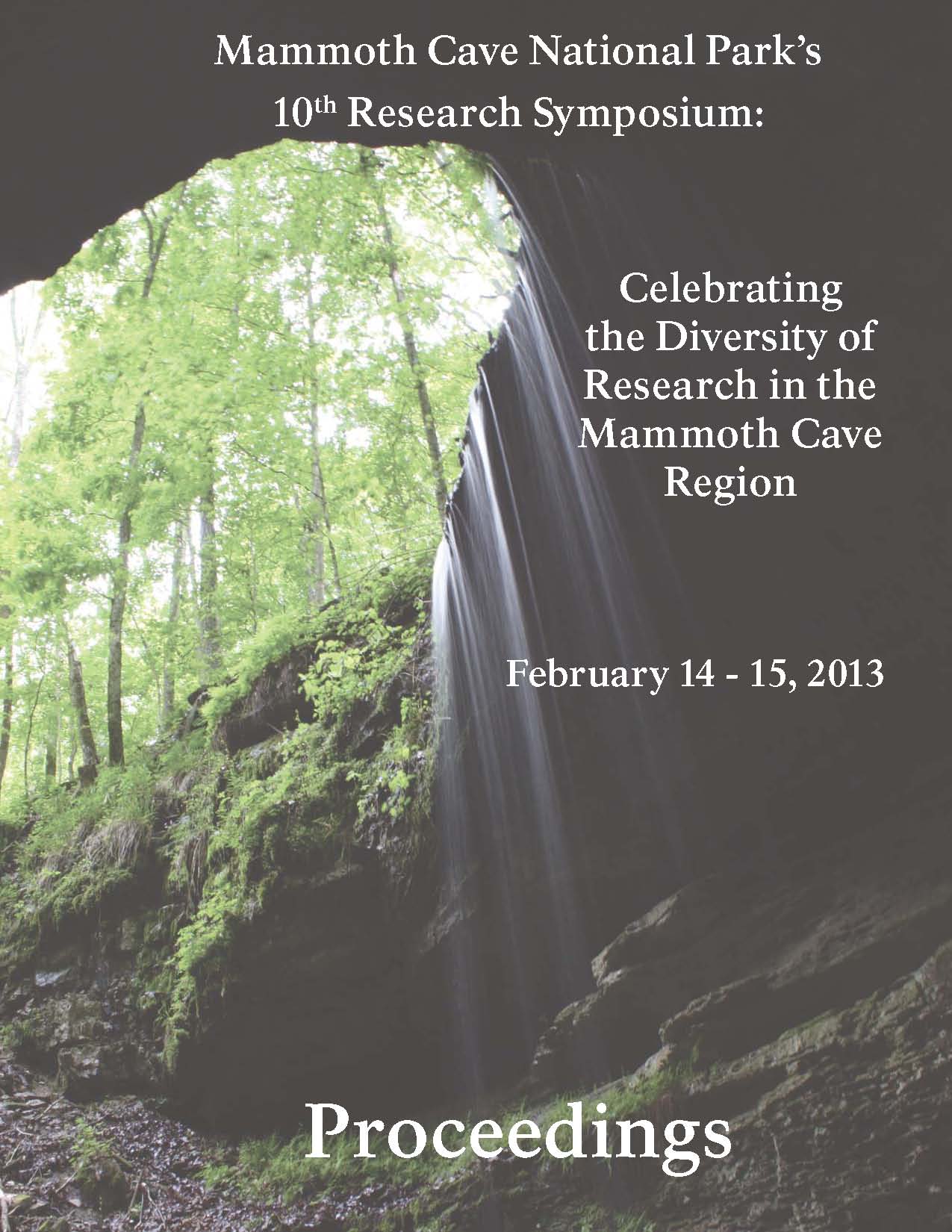Start Date
15-2-2013 2:50 PM
Description
This poster presentation displays work of a current project to address the problem of limited inclusion to field-based learning experiences for students with physical disabilities. Led by researchers at Georgia State University, Ohio State University and Mammoth Cave International Center for Science and Learning, the overall objective of the project is through integration of emerging simulation technologies and techniques, to provide a rich virtual environment of a geological field site for students with mobility impairments. Through the development of a synthetic field-based module that employs a virtual environment that interchangeably uses two and three-dimensional representation for presenting an alternative to field experience, this project will assess the effectiveness in engaging the student community and its efficacy in the curriculum when used as an alternative representation of field experience. The expected outcome is that the emulation would preclude the need for physical presence within the traditional field site, and provide adequate pedagogical representation for content transfer. Additionally, creating such an environment will impact all able-bodied students by providing supplemental resources that can both precede a traditional field experience and allow for visitors to re-examine a field site long after a field trip, in both current formal and informal educational settings. Based on the identified need to accommodate students with mobility impairments in field-based instructional experiences, this talk will present a virtual recreation of Mammoth Cave National Park, describing the potential for including all students in remotely accessing cave and karst field studies, regardless of their physical abilities.
Recommended Citation
Atchison, Christopher L.; Stredney, Don; Irving, Karen E.; Toomey, Rick; Price, Alan; Kerwin, Thomas; Hittle, Bradley; and Reed, Phillip J., "Using Interactive Simulation to Extend Access to Learning Along the Historic Tour Route of Mammoth Cave National Park" (2013). Mammoth Cave Research Symposia. 19.
https://digitalcommons.wku.edu/mc_reserch_symp/10th_Research_Symposium_2013/Research_Posters/19
Included in
Animal Sciences Commons, Forest Sciences Commons, Geology Commons, Hydrology Commons, Other Earth Sciences Commons, Plant Sciences Commons
Using Interactive Simulation to Extend Access to Learning Along the Historic Tour Route of Mammoth Cave National Park
This poster presentation displays work of a current project to address the problem of limited inclusion to field-based learning experiences for students with physical disabilities. Led by researchers at Georgia State University, Ohio State University and Mammoth Cave International Center for Science and Learning, the overall objective of the project is through integration of emerging simulation technologies and techniques, to provide a rich virtual environment of a geological field site for students with mobility impairments. Through the development of a synthetic field-based module that employs a virtual environment that interchangeably uses two and three-dimensional representation for presenting an alternative to field experience, this project will assess the effectiveness in engaging the student community and its efficacy in the curriculum when used as an alternative representation of field experience. The expected outcome is that the emulation would preclude the need for physical presence within the traditional field site, and provide adequate pedagogical representation for content transfer. Additionally, creating such an environment will impact all able-bodied students by providing supplemental resources that can both precede a traditional field experience and allow for visitors to re-examine a field site long after a field trip, in both current formal and informal educational settings. Based on the identified need to accommodate students with mobility impairments in field-based instructional experiences, this talk will present a virtual recreation of Mammoth Cave National Park, describing the potential for including all students in remotely accessing cave and karst field studies, regardless of their physical abilities.


Comments
Abstract only